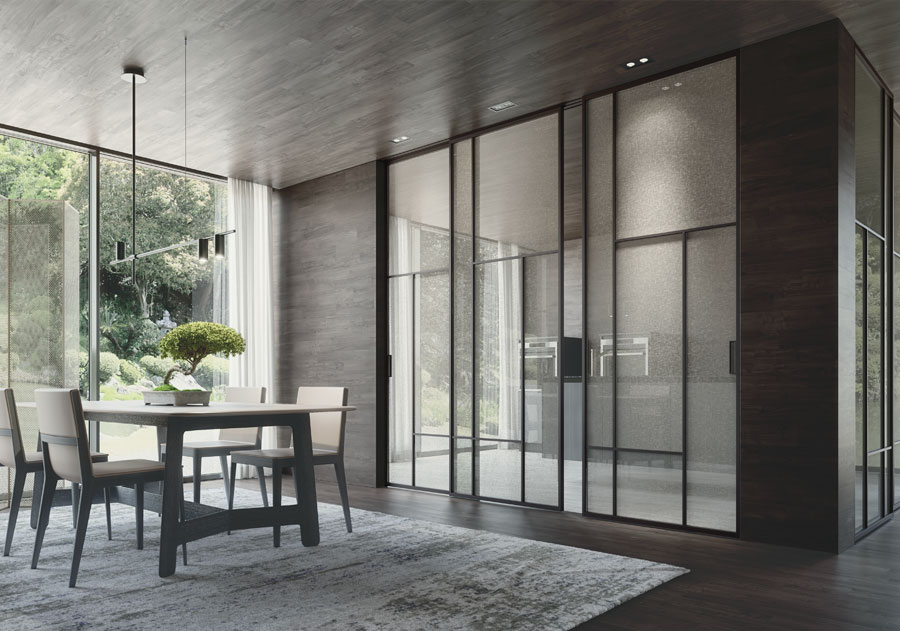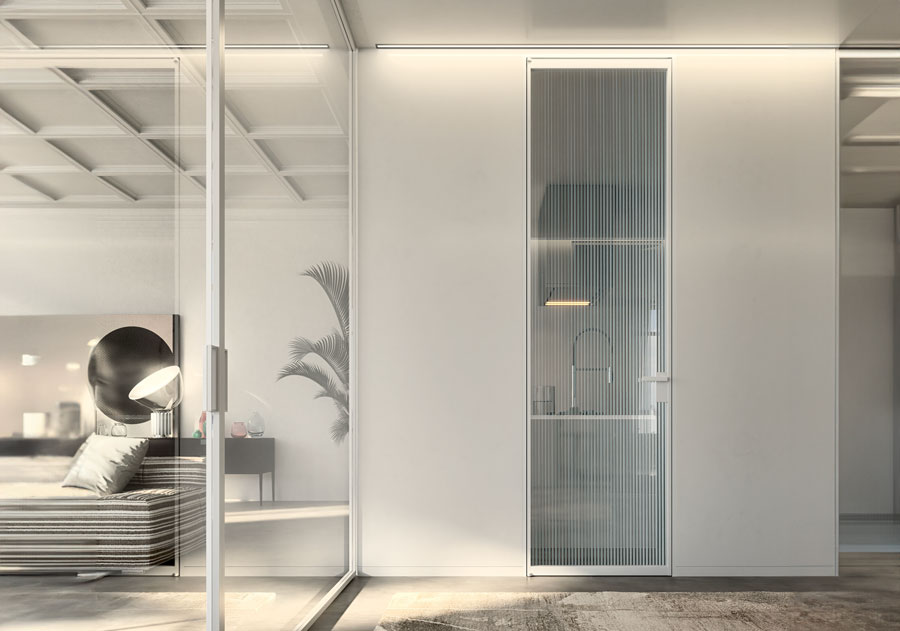| MAGAZINE
Beautiful and possible

We often appreciate solutions and materials with a veil of regret because they represent elements that are too luxurious to include in our homes.
“Beautiful and impossible” sang the famous Italian singer Gianna Nannini in 1986, a common thought in the years of economic crisis, when we had to learn to reschedule our spending rhythms and when we preferred to sacrifice some purchases to meet the priorities of the moment.
The notion that beauty must necessarily be out of reach is ingrained in our mentality. Yet, in reality, there are many exceptions that demonstrate how beauty and accessibility can coexist harmoniously.
Accessible
luxury
The design industry, in particular, is fertile ground in which unique and fascinating products that defy economic expectations can emerge. In many cases, the key to this accessibility lies in the intelligent use of materials, the role of technology, and the use of new production tools that open up new and interesting horizons.
In fact, today we can safely speak of “accessible luxury”: luxury is no longer only linked to the economic factor; elements such as exclusivity or authenticity that make certain one-of-a-kind design elements once inaccessible, but now within the reach of many, become part of the game.
Innovation in the production and the selection of high quality materials or the reduction of unit costs due to new production systems change the benchmarks.
Certain aspects have a strong impact on costs, such as optimizing production time or minimizing material waste, and enable designers to create high-quality products that end up being much less of a burden on the consumer’s wallet.
One example of this philosophy is designer furniture. Often, in the past, just talking about “design” was synonymous with unaffordable objects. Yet, why deny beauty to everyone?
Sometimes our perception of what is valuable is completely wrong: here are some examples.

Particularly impressive are the full-height glazed doors that divide the rooms, letting in light and themselves representing design elements of incredible aesthetic and functional value.

By rereading the article we discover that much more often than we think, value isn’t always synonymous with expense, and beauty doesn’t have to be a luxury out of reach for all.
Objects that
tell a story
The new Suite collection,, for example, leaves one open-mouthed: a series of elements that calling them ‘doors’ seems almost reductive, given the elegance, versatility and sophistication with which they have been conceived.
Behind each door in the series, from the glazed paneling – much like behind every piece of design – is a story woven with the aim of sharing such solutions with the wider world, rather than merely turning them into collectibles or, worse yet, museum pieces.
The search for avant-garde building systems, already mentioned in this article, finds its reason precisely in this desire to make an object of unique elegance accessible to everyone’s homes.
And the system is designed not only to embellish the living room of a home, a room that is generally larger and more open than the more private sleeping area: the flexibility of the collection’s glazed doors is suitable for separating spaces such as walk-in wardrobes, bathrooms and large rooms.
Particularly worthy of attention is the Edra door with Macao decoration, which has an unparalleled refinement due to the insertion of a sheet of linen between the glass panes, which makes the pane permeable to light while preventing a direct view of the interior of the room: a solution that is anything but beautiful and impossible, precisely because, encapsulating the know-how of a company on the market with over 75 years of passion behind it, it is designed to be within the reach of our homes.

Suffice it to say that such an element solves the design of an entire room, without the need to resort to expensive objects and solutions: it is a picture that only begs to be framed in order to perform its task, which binds together design and functionality.
And stepping out of our homes, the collection becomes perfect to characterize spaces such as hotels, offices or large spaces.

Custom
made
design
The watchword: customization. Thanks to the type of door – sliding, hinged, flush with the wall, etc. – to the variety of finishes – from classic white to more unusual ones such as copper, champagne and bronze – to the type of glass – from transparent to satin, from bronze to smoked, to name but a few – and to the possibility of using special glass – by interposing white, natural or coffee-colored linen between the panes, or by using ribbed or pixelated glass – composing your own glazed door is just a question of ideas..
Customizing doors has become a crucial design element: the ability to adapt doors to the specific needs of a room not only offers advantages in terms of functionality, aesthetics and security, but can also be the element that makes a space unique.
Being able to give everyone the opportunity to enjoy it (without having to go into debt for future generations) is a great achievement by Cocif: allowing everyone to experience luxury every day.

| GET IN TOUCH
For more information, please fill in the form.

